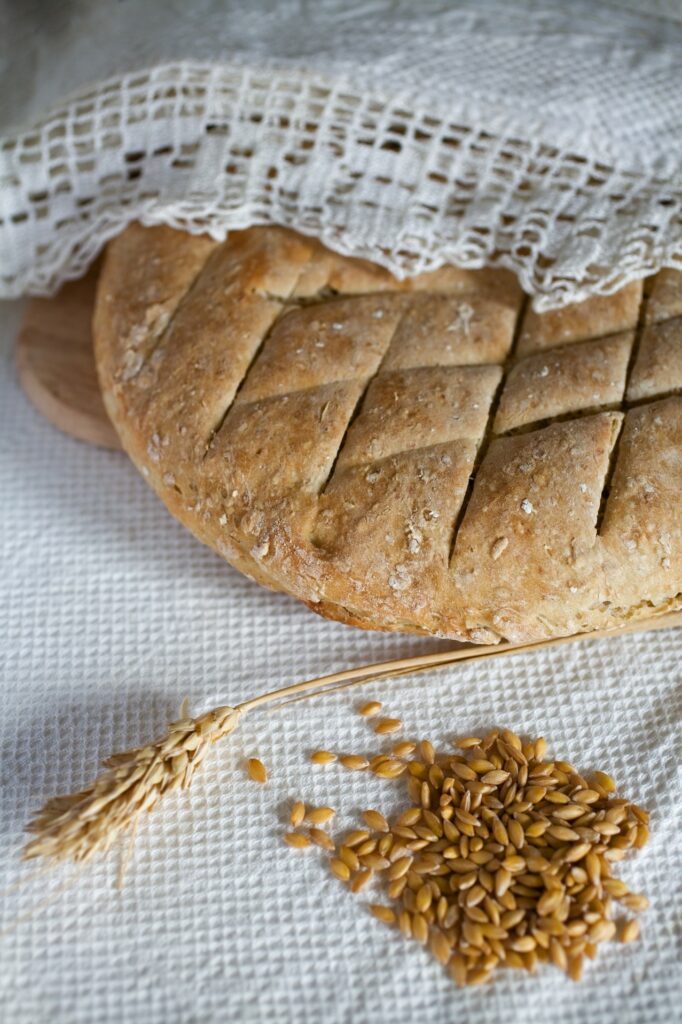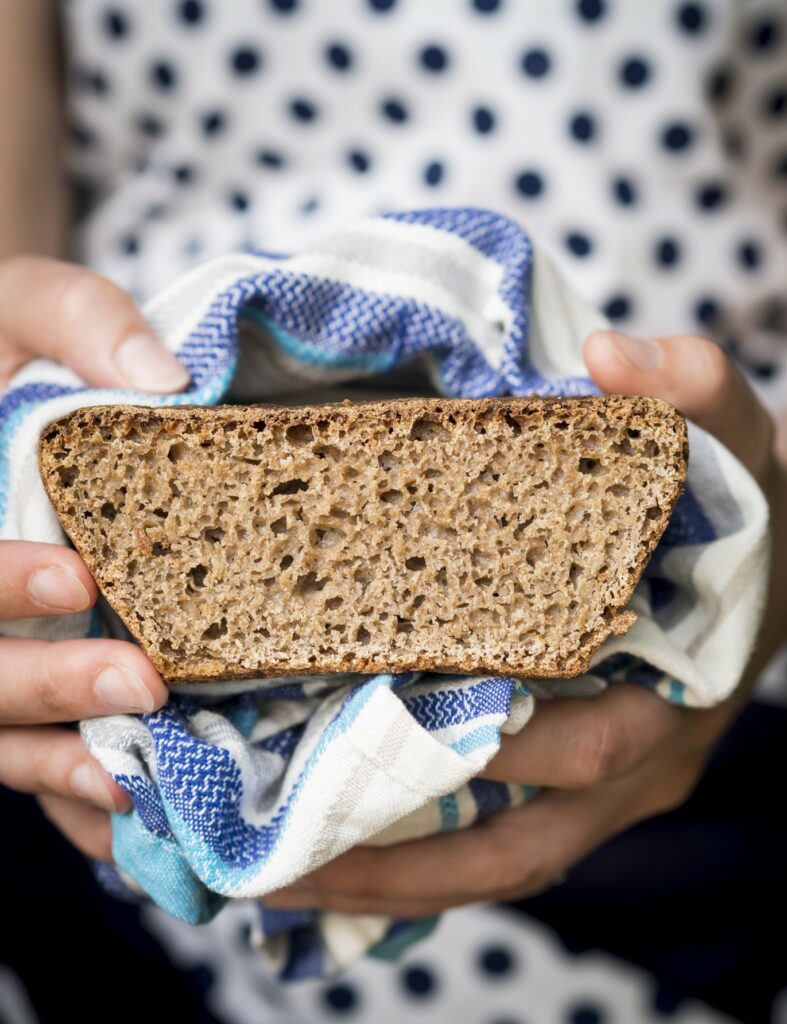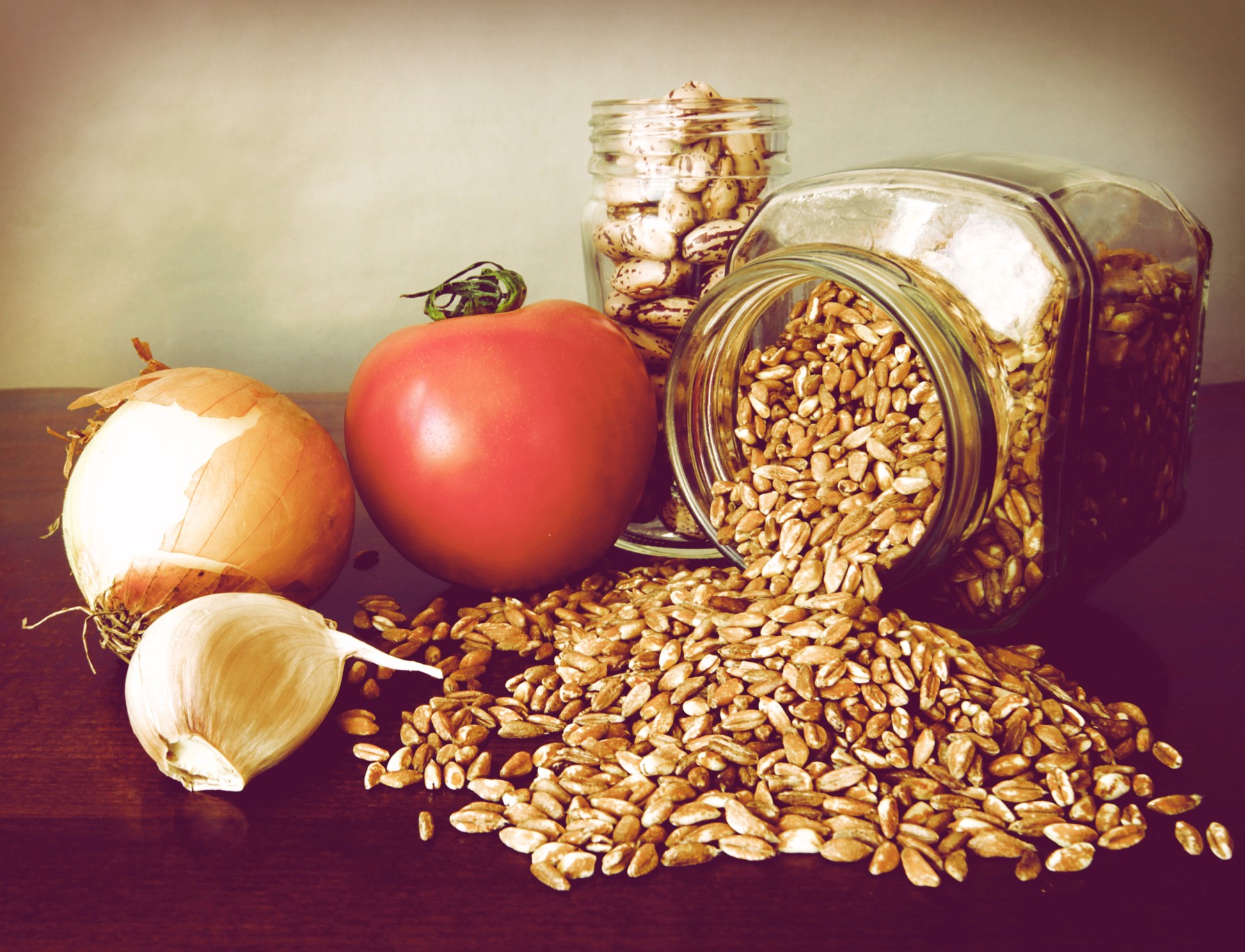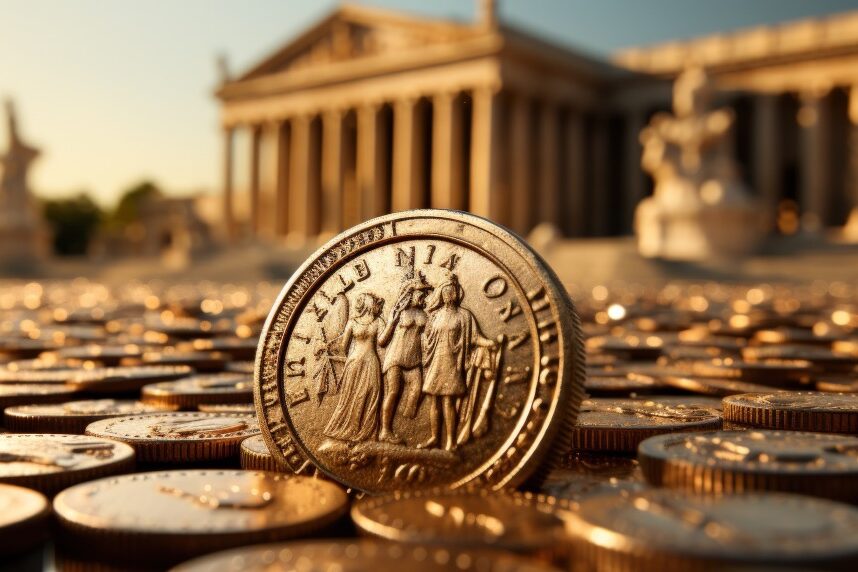The history of cereals goes hand in hand with that of Humankind, especially here, in the Mediterranean basin, where they have always been part of our food triad. Along with olives and the vine, and the products they’d give us – bread, olive oil and wine – cereals have been true staples of Mediterranean culinary culture since time immemorable and they contributed to the very development of our civilization.
If today wheat and corn are the most cultivated cereals around the world, we shouldn’t forget that it hasn’t always been so. Moreover, in some parts of Italy rediscovering ancient crops has become a way to maintain local heritage alive, as well as a very successful form of revenue.
Enters farro possibly the oldest grain ever grown by Man. Its earliest traces go back to Mesopotamia, some 7,000 years before Christ was born. It was a diet staple for the Assyrians, the Egyptians, and also in the Italian peninsula, where it was known already in the Bronze Age, as proven by the fact archaeologists found its seeds in the clothing of Ötzi, the mummy of the Similaun.
It is important, before we go any further, to clarify one thing: we Italians use the word “farro” for three types of cereal, the triticum spelta (what is called spelt in English) and the triticum dicoccum, which is called emmer in English, and the triticum monococcum, known in Italian as “farro piccolo”. All varieties have been grown in Italy for centuries and very much everywhere around the country – with some varieties more common in some areas than others. In Roman times, emmer became the most consumed cereal, along with barley. Spelt remained relatively common, too, while farro piccolo was grown especially where climate was too harsh to allow other cereals to grow.
Our most notable forefathers the Romans simply adored emmer and made it one of their most important crops, which they grew across the empire. Spelt wasn’t only common on their tables, but also considered a lucky food, symbol of wealth and fertility, so much so it was a typical gift for newlyweds. It was so essential for the Romans that it was part of soldiers’ rations, too.

In the Middle Ages, however, the popularity of both spelt and emmer waned, in part because people began preferring wheat, but also because they weren’t easy cereals to grow and it yielded very little when compared to other cultivations. And so, little by little, farro became a bit of an outcast substituted by higher-yielding wheat. And it remained so until recently when a renewed interest in healthy eating and ancient grains revived its consumption.
There is a place in Italy, however, where triticum dicoccum, emmer, never lost its allure, Garfagnana. Even in Medieval times, when wheat was taking over everywhere else, emmer remained a key ingredient – and crop – in this beautiful part of the Lucca province of Tuscany. In Garfagnana, emmer never went out of fashion, so much so that, thanks to the Comunità Montana della Garfagnana (the local consortium of rural and mountain communities), it was awarded, in 1996, a PGI denomination (protected geographical indication), which means Garfagnana emmer is protected by EU law.
Farro from Garfagnana is a resilient cereal that can grow easily even on difficult, poor of nutrients soil. It is grown between 300 and 1,000 meters of altitude (roughly between 1,000 and 3,200 ft), in an area between the Apuan Alps and the Tuscan-Emilian Appennine. No chemicals nor pesticides are allowed: farro della Garfagnana is as natural as it gets.
But Garfagnana emmer is not only unique for its geographical denomination and the natural, traditional methods used to grow it but also because of specific morphologic and organoleptic characteristics: for instance, its grain is larger than other varieties and it cooks better – read: it stays “al dente” more easily. It is also rich in vitamins, calcium, phosphorus, magnesium, potassium, and fibers, which makes it at once nutritious and light.

An ancient grain, grown in a sliver of beautiful land without the use of any chemical: doesn’t it feel like stepping back in time? And the feeling only gets stronger if you consider that Garfagnana emmer is distributed only by a handful of local family-run businesses, reason for which it is considered a true symbol of the area.
Because it has been at the heart of the culinary and agricultural history of the region for so many centuries, farro della Garfagnana is a common ingredient in many local dishes, from soups to baked desserts and bread. Minestra di farro, emmer soup, is one of Garfagnana’s most traditional dishes, made with – of course – local emmer and potatoes, beans, lard, onion, carrots, and celery. This delicious cereal can be used for lovely salads, as well as an ingredient to make quiches and savory cakes, or risotto-like dishes. It can also become an ingredient in many desserts: with its flour, you can make scrumptious muffins and pancakes, but you can use it as it is, too, cooked and mixed with ricotta, sugar, pinenuts, eggs, and raisins to make the filling of wholesome, comforting pies. Perhaps, however, the most iconic thing made with farro della Garfagnana is pane garfagnanino, which counts emmer flour and potatoes as its main ingredients.
In 2010, the fifty Garfagnana farmers who produce Garfagnana emmer joined forces and created the Consorzio Tutela Farro IGP della Garfagnana: its aim is not only that of ensuring emmer is grown following IGP regulations and local agricultural traditions but also of protecting its authenticity on the national and international market.





























